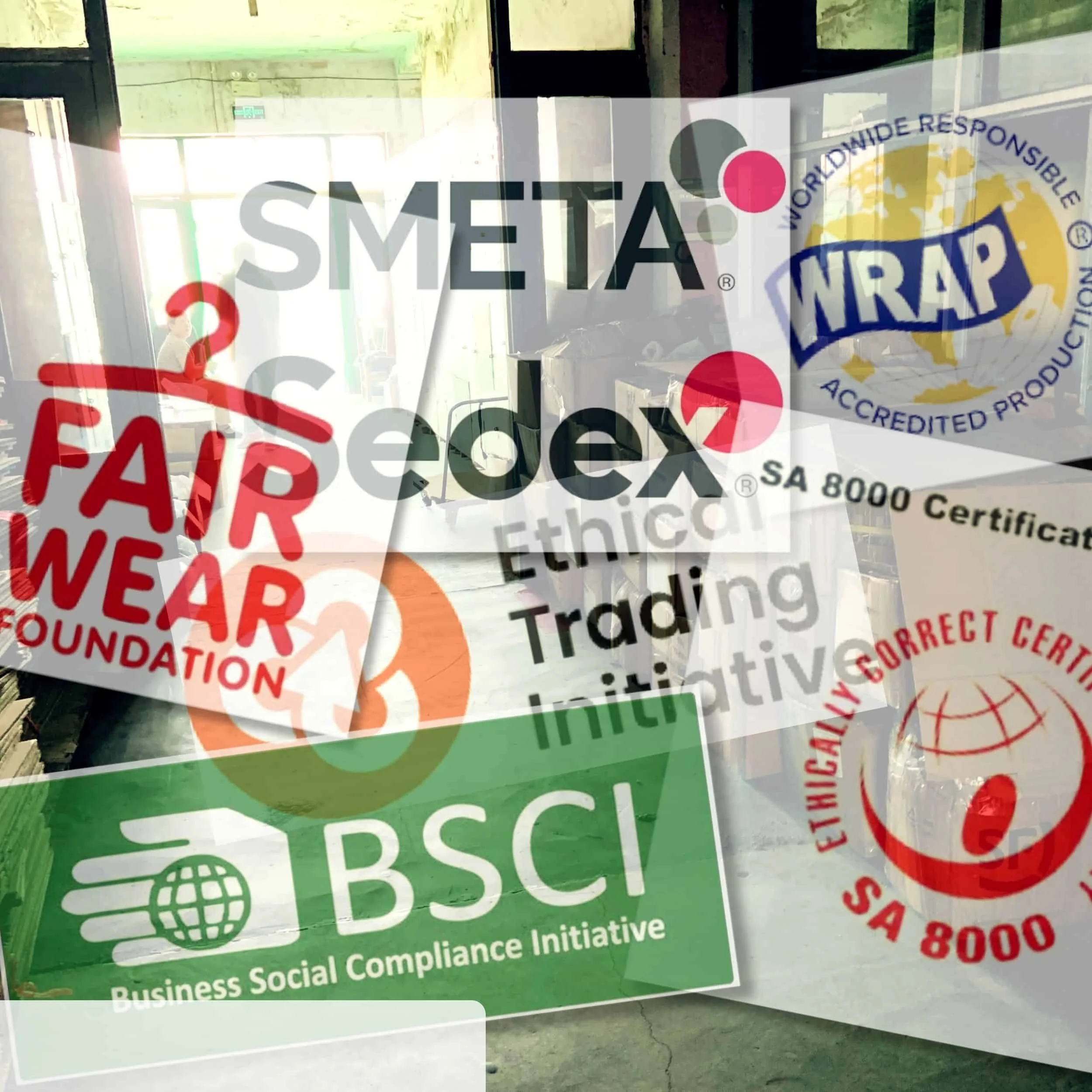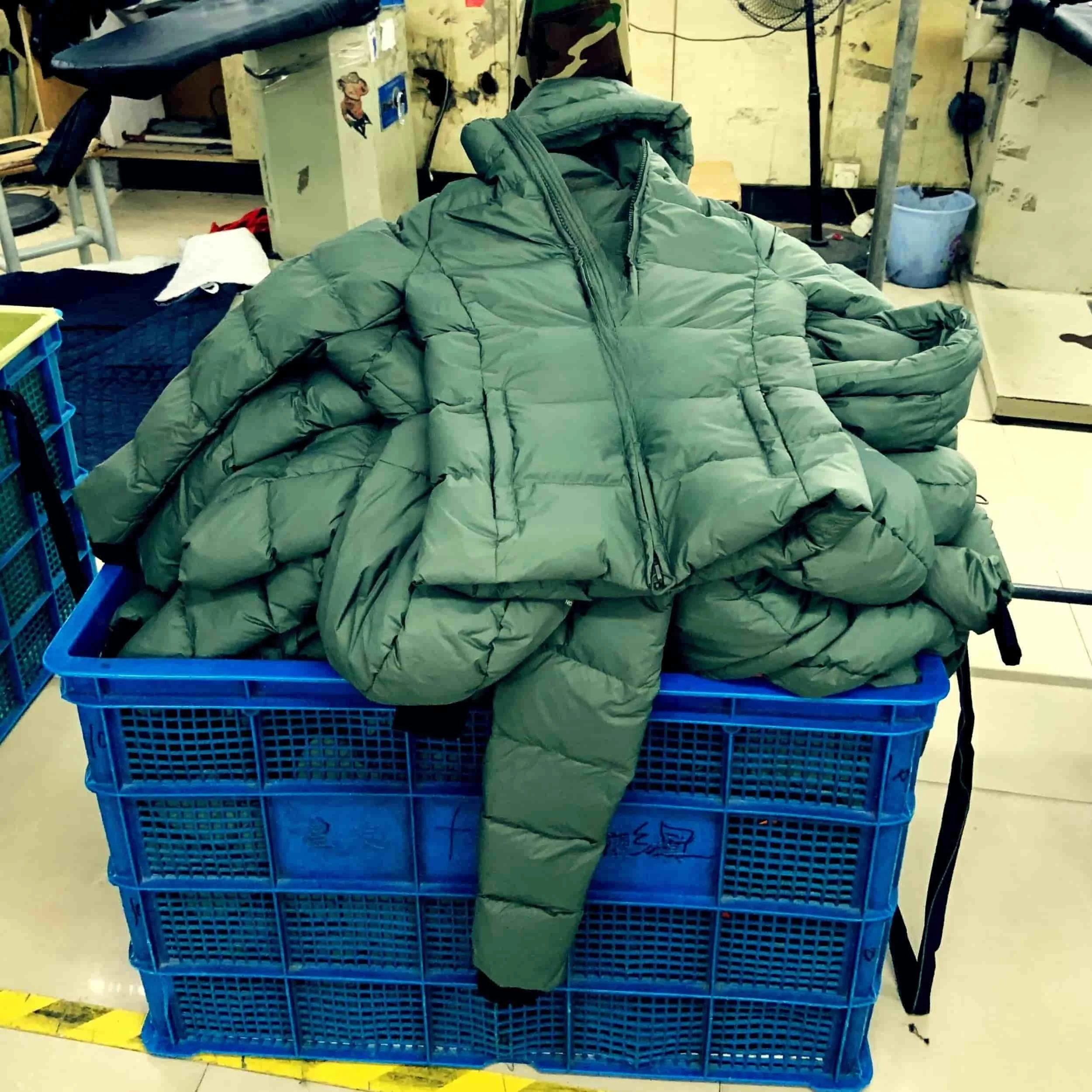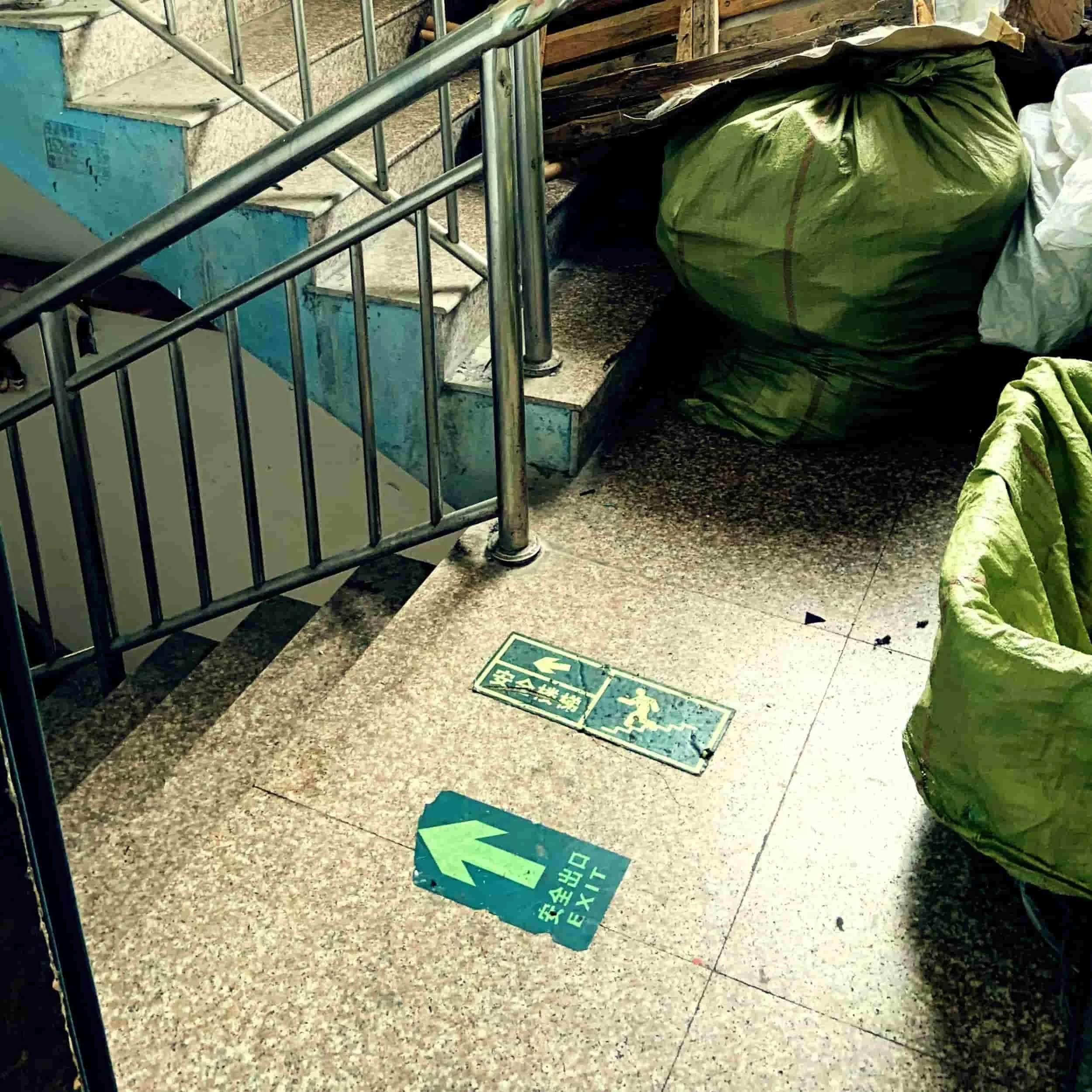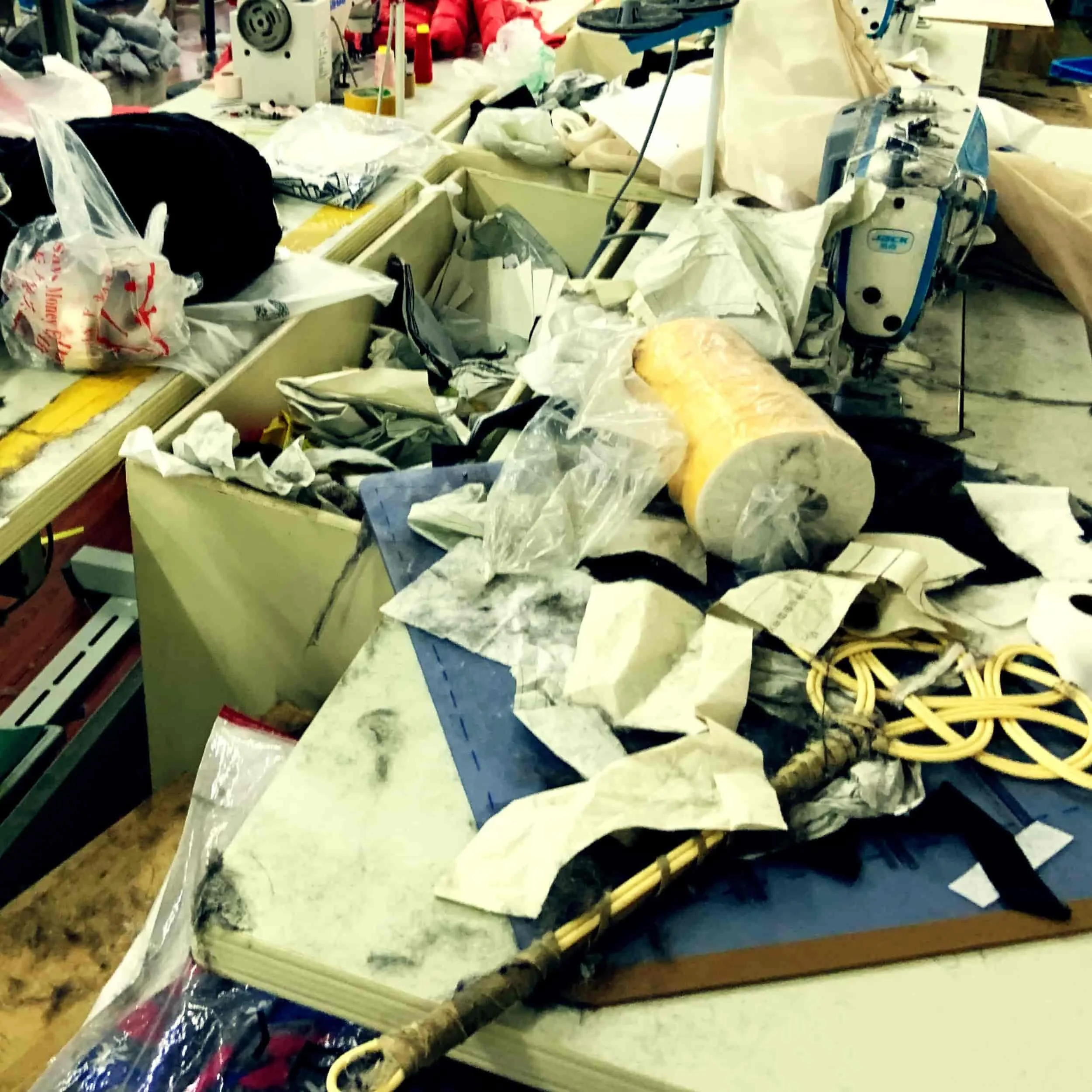From Risk to Reliability: A Practical Guide to Apparel Factory Technical Audits
The Real Value of a Technical Audit in Apparel Manufacturing
Working with the wrong factory can cost you time, money, and reputation. A technical audit cuts through the noise to reveal who can actually deliver—and crucially, who can’t.
A technical audit is your reality check: a systematic deep dive into a factory’s processes, equipment, and quality systems to answer one critical question—can this facility consistently produce your product safely, reliably, and to the standard your brand demands?
In this post, you’ll learn the difference between technical and social audits, what to expect when visiting a factory, and the seven key pillars for assessing technical capability.
Before we dive in, a note: I am not a certified auditor. My expertise comes from decades of walking factory floors, asking the right questions, and learning through hands-on experience. I reject check-box exercises and pass/fail judgments. My approach focuses on uncovering potential because, in this industry, perfection is rare—but reliability can be measured.
It’s Technical, Not Social
A Technical audit is about capability. Social audits evaluate worker treatment and compliance with labour standards. While most people can carry out a technical assessment with the right guidance, social audits are best left to certified third-party auditors like SGS, Bureau Veritas, or Qima. These professionals follow standardized protocols trusted by brands and retailers worldwide.
Social audits ensure fair pay, safe working conditions, and dignity at work. Factories without audits aren’t automatically disqualified; many simply haven’t been asked by clients. What matters is their willingness to engage and achieve compliance.
Preparing for Reality
When a supplier discloses all production units, be ready to see everything—from well-organized factories to spaces that will make you question how anything gets made at all. Prioritize assessment over judgment. Use gaps as learning opportunities: clearly explain what is unacceptable and why. This establishes benchmarks for the supplier and sets the tone for constructive, long-term collaboration.
Essential Conditions
Before stepping foot in a facility, ensure two fundamental conditions are met. First, the supplier must have an established working history with the unit you visit—no first-time experiments. Second, all key production stages, from cutting to finishing, should happen under one roof. Factories that outsource core steps to unverified subcontractors or home workers risk compromising quality and traceability. These two conditions are non-negotiable
The Make-or-Break Moment: Meet the Owner
Meeting the factory owner tells you more than any report ever could. A committed owner will personally greet you, lead the tour, show pride in their processes, and answer questions transparently. If the owner disappears behind an office door and leaves you with intermediaries, consider it a red flag. Passionate ownership matters far more than a perfectly polished facility.
Observe, Question, Verify
Once inside, it’s time to take control. Follow the production process from raw materials to finished goods. Observe relentlessly, question rigorously, and verify everything. Guided tours are designed to impress—your goal is to uncover reality. Over the years, I’ve distilled this approach into seven audit pillars that reveal whether a facility can meet your technical standards
My Seven Pillars of a Technical Audit
1. Technical Capability
Skills, Experience, and Machinery
This pillar evaluates whether a factory can consistently execute your product to specification. It’s not enough to have machinery or experience on paper; you need evidence that they’ve successfully produced items like yours, for similar markets and quality tiers. Track records, relevant machinery, and demonstrated adaptability signal a facility that can reliably handle your product, minimizing surprises once production ramps up.
2. Production Capacity
Reality Over Promises
Capacity isn’t just about claiming to produce X units per day. A thorough assessment measures actual output, working hours, overtime practices, and line availability. Factories that overpromise but underdeliver risk rushed production, compromised quality, and missed deadlines. Verifying realistic capacity ensures your order can be completed on time without hidden compromises or undisclosed subcontracting.
3. Quality Management System
Processes that Prevent Failure
Quality happens upstream, not at final inspection. A robust Quality Management System (QMS) identifies and corrects errors early, covering fabric inspection, cutting accuracy, in-line quality control, and finishing checks. Without functioning systems, defects accumulate, deadlines slip, and costly rework becomes inevitable. Assessing the factory’s QMS ensures you’re partnering with a facility that treats quality as a repeatable process, not an afterthought.
For more on why inspections alone are never enough, read my post Too Little, Too Late: Why Quality Is a System, Not an Inspection.
4. Product Safety
Protecting Customers and Your Brand
Beyond aesthetics, your product must be safe. Metal contamination, sharp components, or hazardous materials can trigger recalls, brand damage, and legal liability. A factory that enforces rigorous product safety protocols, tracks tools and materials, and maintains strict inspection routines demonstrates accountability and protects your end users, your reputation, and your business continuity.
For a deeper dive into the risks of metal contamination — and how to prevent them — see my post Getting to the Point: The Hidden Risks in Apparel and How to Avoid Them
5. Workplace Safety
Protecting Workers While Safeguarding Operations
A safe workplace is non-negotiable. Clear aisles, guarded machinery, fire safety measures, and proper signage are the basics. Factories that meet these standards reduce accidents, absenteeism, and production interruptions. Compliance with legal and ethical obligations also signals a disciplined management team capable of maintaining operational consistency.
6. Housekeeping
Operational Discipline in Action
Clean, organized facilities aren’t just aesthetically pleasing—they underpin operational efficiency, worker productivity, and product quality. Floors free from clutter, properly stored materials, and well-maintained machinery are tangible indicators of management discipline. Poor housekeeping often correlates with hidden hazards, mistakes, and delays, making this pillar a direct window into operational competence.
7. Workers’ Facilities
The Tell-Tale Signs of Management Care
The welfare of employees reflects the priorities of factory management. Clean, functional restrooms, secure lockers, and dedicated dining areas aren’t luxuries—they indicate respect for staff, which drives morale and reliability. Factories investing in these fundamentals tend to deliver consistent quality, lower turnover, and a motivated workforce, all of which benefit your production outcomes.
Your Path Forward: From Audit to Partnership
A technical audit isn’t just about identifying flaws—it’s your roadmap to a productive, responsible, and sustainable partnership. Approach gaps not as reasons for rejection, but as opportunities for improvement. Frame your conversations collaboratively: “Here’s what we need to achieve together—how can we support you to get there?”
By combining observation, questioning, and verification across these seven pillars, you gain a clear, actionable picture of a factory’s true capabilities. Done well, your audit transforms uncertainty into confidence and a potential supplier into a reliable partner.
For the bigger picture on how to make compliance truly stick, see Beyond the Showroom: Taking Control with Manufacturing Visibility—where I explain why shared value, not checklists, is the real driver of long-term supplier commitment.
Closing Thoughts
A technical audit is a lens into a factory’s true capabilities, systems, and culture. Done well, it reduces risk, builds confidence, and ensures your products can consistently meet brand expectations.
Mastering this process gives you an edge: you separate contenders from pretenders, avoid costly surprises, and create the conditions for a partnership that scales. Step in prepared, observe relentlessly, question intelligently, and verify everything. The result isn’t just insight—it’s a strategic advantage your brand can build on.
Want to know where these lessons came from? In the Making: A Journey Through Fashion, Factories, and Faraway Places shares my experiences that shaped them.
If you want to ensure your factory partners are reliable, capable, and aligned with your brand’s standards, let’s explore how to put the right checks in place from the start.







